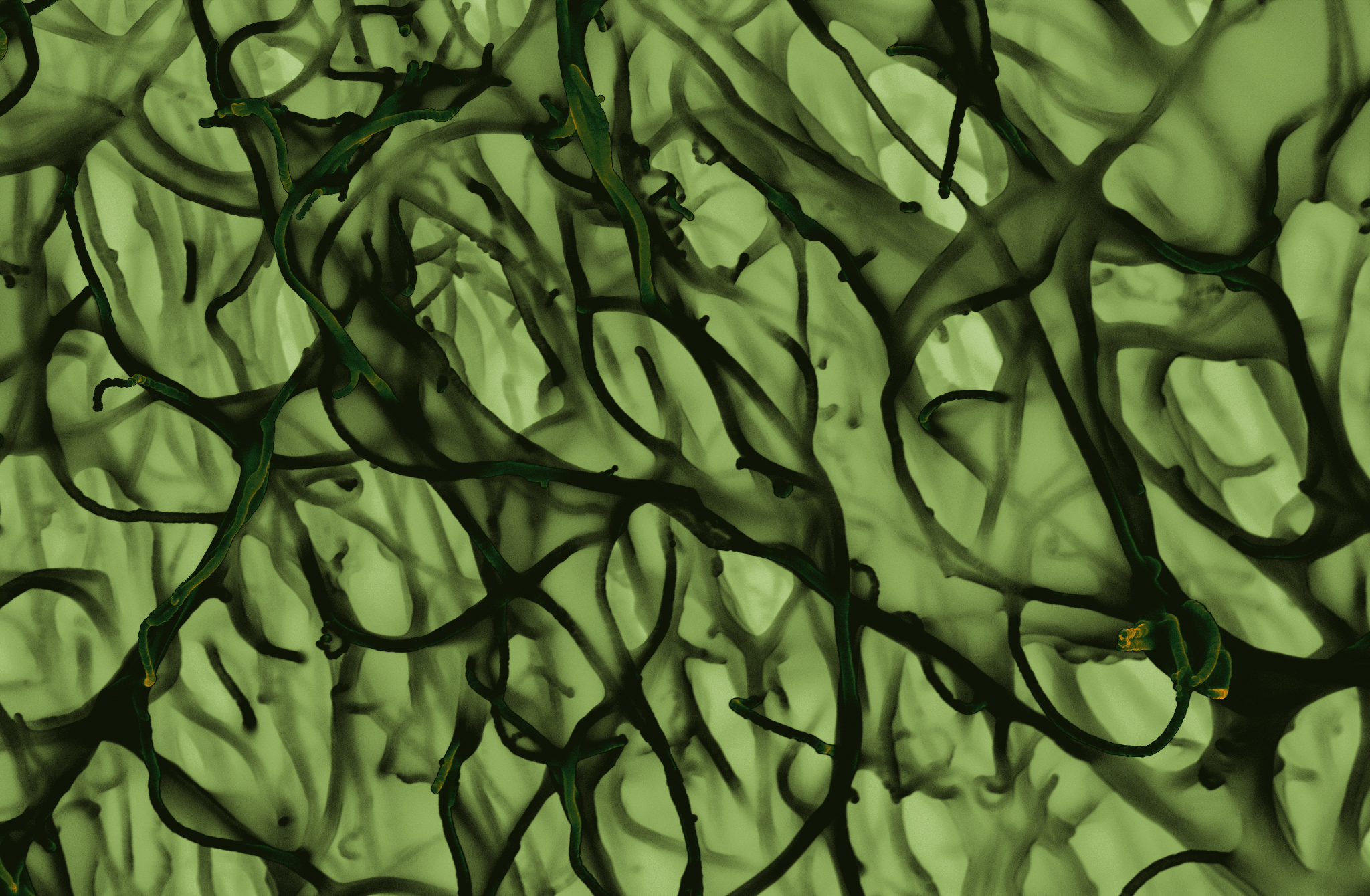
Multifunctional Electrodes
Our research on multifunctional electrodes is split into two energy storage types: battery and electrochemical capacitors.
Li-ion and Na-ion batteries capable of bearing considerable mechanical stress and maintaining high energy density are becoming highly coveted devices for weight-sensitive applications, such as light aircraft, perpetually flying drones, high-performance electric vehicles, and wearable electronics technologies. To accomplish this dual functionality, these batteries must meet adequate metrics of mechanical strength and electrochemical performance. Ceramics, which are typically brittle on the macroscale, exhibit remarkable flexibility and strength when organized into nano-scale networks. Our group specializes in pairing various advanced techniques such as chemical vapor deposition or atomic layer deposition with traditional battery chemistries to create nano-scale structures that bypass the macro-scale limitations of battery materials.
Electrochemical capacitors, such as double-layer capacitors and supercapacitors, are high-power energy storage devices that offer long cycle stability, extremely rapid charging rates, but suffer from relatively high cost and low energy density (typically in the 1-10 Wh/kg range). We are exploring a broad range of advanced asymmetric supercapacitors based on polymer and metal oxide nanocomposites and carbon nanomaterials, such as graphene, carbon nanotubes, carbon nanowires, carbon nanofibers and microporous and mesoporous carbon with the goal to gain better fundamental understanding of the structure-property relationships and to achieve much higher energy density (>30 Wh/kg) while retaining or improving charge rate and power density. We are also exploring the architectures of flexible energy storage devices integrated into smart textiles for wearable electronics and other emerging applications.